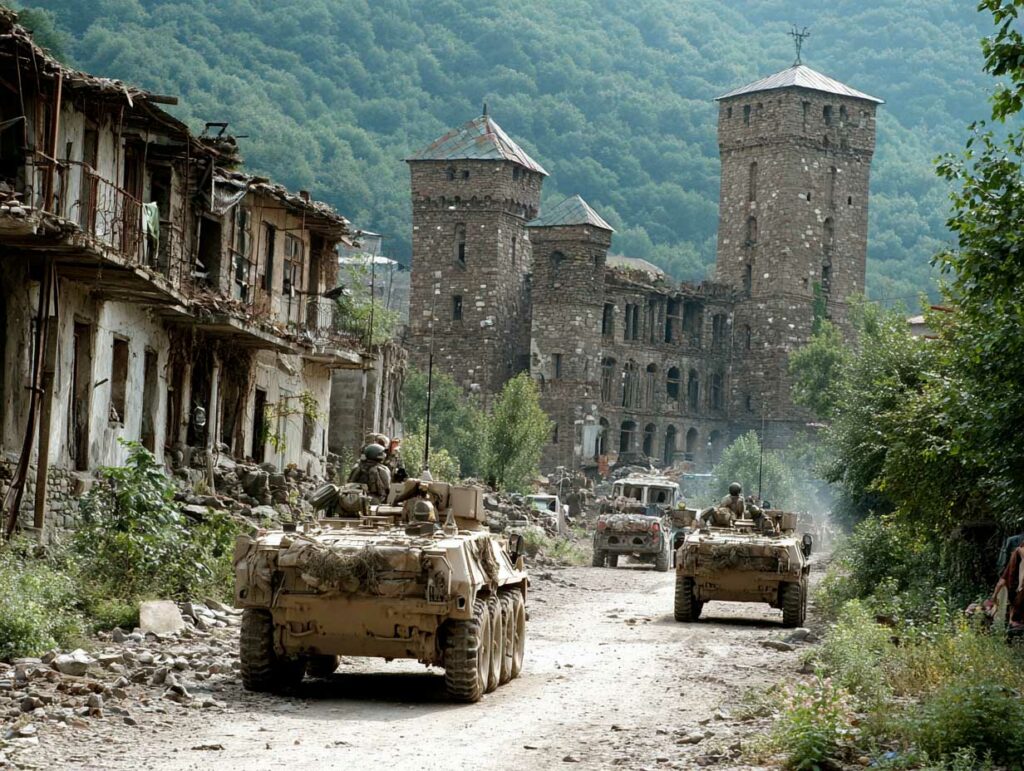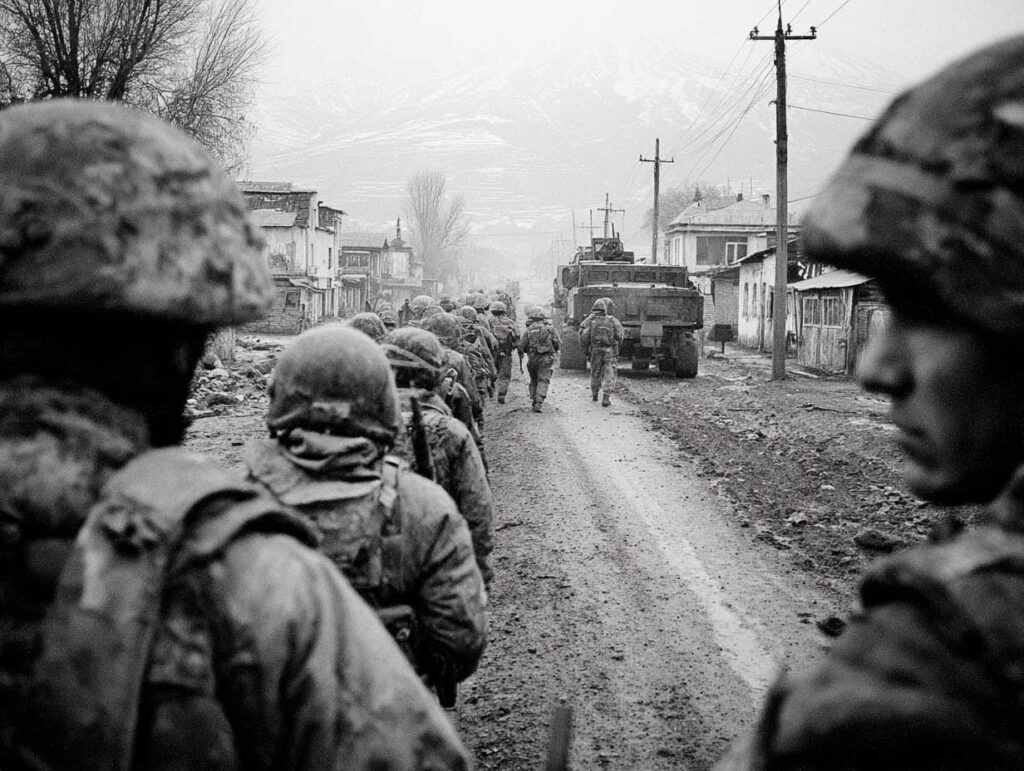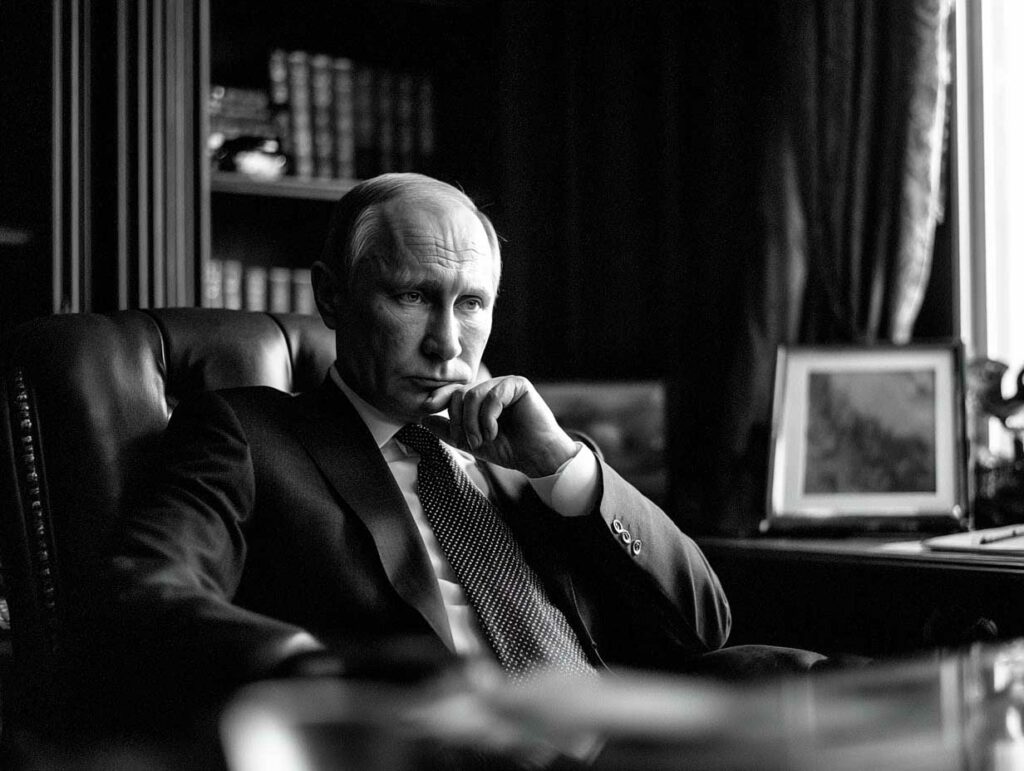Explore the causes, battles, and political consequences of the 2008 South Ossetia War between Russia and Georgia in this detailed analysis.
Quick read
In August 2008, a brief but intense war broke out between Russia and Georgia over the separatist region of South Ossetia. After years of tension, Georgian forces launched an offensive to retake the region. In response, Russia deployed thousands of troops and armored units, quickly overwhelming the Georgian military. The conflict lasted just five days, but it caused hundreds of deaths, displaced tens of thousands, and shifted the regional power balance. Russia recognized the independence of South Ossetia and Abkhazia, further straining its relations with the West. The war revealed vulnerabilities in NATO’s reach, exposed Georgia’s military limitations, and marked a shift in Russia’s use of military power in post-Soviet spaces.
What Were the Reasons for the South Ossetia War
The roots of the war trace back to the collapse of the Soviet Union in 1991. With the emergence of an independent Georgia, ethnic tensions between Georgians and South Ossetians, who sought to remain aligned with Russia, intensified. South Ossetia declared independence in 1992, leading to an earlier armed conflict. Although a ceasefire was signed, the region remained de facto independent, under the control of separatists supported economically, politically, and militarily by Russia.
In the 2000s, under President Mikheil Saakashvili, Georgia launched a campaign to restore control over its breakaway territories. This included Abkhazia and South Ossetia, which had become heavily militarized and increasingly integrated with Russian support structures.
Tensions rose steadily throughout 2006–2008. Georgia increased military spending, Russia distributed passports to South Ossetians, effectively claiming them as Russian citizens, and both sides accused each other of provocations. Russia also built up troops in the North Caucasus, close to the border with South Ossetia.
The final trigger came in early August 2008. After a series of escalating skirmishes, Georgia launched an assault on Tskhinvali, the South Ossetian capital, on 7 August. The stated goal was to restore constitutional order, but the attack prompted a massive Russian military response. Russia claimed it was protecting its citizens and peacekeepers.
The war was rooted in unresolved post-Soviet territorial disputes, but also in strategic power projection. Georgia’s aspiration to join NATO, officially declared in 2008, was perceived by Russia as a direct threat to its influence in the Caucasus.

Who Was Involved in the South Ossetia War
The two primary belligerents were the Republic of Georgia and the Russian Federation. However, the war involved multiple actors on both sides, making it a multilateral confrontation.
Georgia deployed around 12,000 troops, primarily from the Georgian Armed Forces, including elite brigades trained by U.S. and NATO advisors. The offensive focused on reclaiming South Ossetia but was not well-coordinated beyond the initial assault.
Russia responded with approximately 30,000 soldiers, supported by armored units, artillery, air support, and naval assets in the Black Sea. The Russian 58th Army, based in the North Caucasus, led the counteroffensive.
South Ossetian militias, estimated at around 2,000–3,000 fighters, fought alongside Russian forces. Their units were irregular but had extensive local knowledge and were entrenched in key positions in the Tskhinvali region.
Abkhazian forces, with Russian support, opened a secondary front in the Kodori Gorge in northwestern Georgia, effectively diverting Georgian resources and expanding the scope of the war.
Civilians in South Ossetia and surrounding regions were directly affected. More than 150,000 people were displaced. Ethnic Georgians in South Ossetia faced reprisals and widespread destruction of villages.
The United States, while not militarily involved, supported Georgia diplomatically. NATO, the EU, and the UN issued calls for a ceasefire but were largely spectators in terms of direct intervention.
Overall, the war was not just a clash between Georgia and a separatist region. It became a demonstration of Russia’s ability to project force and a warning against further NATO expansion eastward.
The Leaders of the South Ossetia War
On the Georgian side, President Mikheil Saakashvili was the key decision-maker. Elected in 2004 on a pro-Western platform, Saakashvili aimed to consolidate national unity and accelerate Georgia’s integration into Euro-Atlantic structures. His decision to retake South Ossetia militarily was both a political gamble and a strategic miscalculation.
Saakashvili’s military leadership included General Mamuka Kurashvili, who commanded the Georgian peacekeeping contingent in the region, and Defense Minister Davit Kezerashvili, who oversaw the modernization of the Georgian Armed Forces.
In Russia, President Dmitry Medvedev held the constitutional authority, but Prime Minister Vladimir Putin, although technically subordinate, remained the dominant political figure. Putin was in Beijing for the Olympic Games opening on 8 August, but reportedly coordinated the response from there.
The Russian military was commanded by General Anatoly Khrulyov of the 58th Army, who was wounded in action on the first day of Russia’s ground operation. Defense Minister Anatoly Serdyukov and Chief of General Staff Nikolai Makarov also played important roles in the planning and execution of the offensive.
In South Ossetia, the de facto leadership was held by President Eduard Kokoity, who maintained close ties with Moscow. His government functioned with Russian economic and political support and had limited recognition beyond Russia and a few allies.
The leadership dynamics reflected a clear asymmetry. While Georgia’s chain of command was centralized and ambitious, Russia’s decision-making apparatus blended formal and informal power, with Putin exerting control even from outside official office.
Was There a Decisive Moment?
The war moved rapidly. The decisive moment came within the first 48 hours. Georgia’s initial assault on Tskhinvali surprised Russian and South Ossetian forces, but the offensive lacked depth and sustainability. The Georgian military shelled the city, then advanced into urban areas, meeting unexpected resistance from entrenched local fighters.
By the evening of 8 August, Russia had deployed thousands of troops through the Roki Tunnel, the only direct land connection between North Ossetia (Russia) and South Ossetia. Russian armored columns, supported by air strikes, began pushing Georgian forces out of Tskhinvali.
On 9 August, Russia opened a second front in Abkhazia, while its Black Sea Fleet established a maritime blockade. These moves isolated Georgian forces and overwhelmed their ability to respond on multiple axes.
By 10 August, Georgian forces were in retreat. The speed of the Russian response, the scale of deployment, and the use of multiple domains (land, air, sea, cyber) changed the strategic equation. The war, originally initiated by Georgia, was effectively lost before it reached its third day.
Diplomatic pressure began building. French President Nicolas Sarkozy, then holder of the EU Council presidency, initiated a ceasefire plan. By 12 August, Saakashvili agreed to the six-point peace plan, ending active combat. Russia stopped short of occupying Tbilisi but achieved its goals.
The war’s decisive moment was not a single battle but a strategic shift after the initial Georgian offensive faltered and Russia counterattacked in force. Georgia failed to anticipate the speed and scale of Russia’s military response.
Major Battles of the South Ossetia War
The war’s most intense combat occurred in and around Tskhinvali, the capital of South Ossetia. The Battle of Tskhinvali, fought between 7 and 9 August 2008, was the central confrontation. Georgian artillery opened with a massive bombardment targeting government buildings and military positions. Ground troops entered the city but encountered stiff resistance from local militias and Russian peacekeepers already stationed there.
As Georgian units advanced, Russia launched a counteroffensive. The 58th Army, crossing through the Roki Tunnel, began heavy engagements with Georgian armor near Dzara and Tskhinvali’s southern edge. Russian airpower struck Georgian artillery positions, radar stations, and communications hubs throughout Gori and central Georgia.
On 9 August, Russia opened a front in Abkhazia, pushing into the Kodori Valley, the only part of Abkhazia then held by Georgian forces. Abkhaz and Russian units conducted ground operations supported by artillery, displacing Georgian troops and civilians.
Simultaneously, the Black Sea Fleet confronted Georgian naval forces near Poti. While no major naval battles occurred, Russian ships imposed a de facto blockade, cutting off resupply routes and maritime movement.
Another key engagement occurred along the Gori-Tskhinvali highway, where retreating Georgian forces were targeted by Russian aircraft and drones. The retreat from Gori on 11 August marked Georgia’s complete withdrawal from the conflict zone.
The war also saw cyber attacks on Georgian infrastructure. While not battles in the traditional sense, these denial-of-service operations crippled government communications and added another layer to Russian operations.
The war was geographically limited but highly intense. Urban combat in Tskhinvali, combined with fast mechanized movements and air superiority, allowed Russia to gain the upper hand within days.

Was There a Turning Point?
Yes. The turning point came with the Russian entry into the conflict on 8 August. Until then, the war was a localized Georgian operation aimed at restoring control over South Ossetia. Once Russian forces moved through the Roki Tunnel, the nature of the war changed entirely.
The use of combined arms, the scale of Russian deployment, and the simultaneous opening of new fronts overwhelmed Georgian capacity. Georgian command and control systems began to falter under air strikes, and troops began withdrawing by 9 August.
International reactions also shaped the turning point. Georgia anticipated Western diplomatic or logistical support but received only verbal condemnation of Russian actions. The absence of NATO intervention or deterrent created a vacuum that Russia exploited fully.
The political turning point occurred on 12 August, when the EU-mediated ceasefire was accepted. By then, Russia had demonstrated its dominance and forced Georgia into a defensive posture. While the initial offensive came from Georgia, the operational and political initiative shifted entirely to Russia within 48 hours.

Consequences of the South Ossetia War
The war resulted in at least 850 deaths and more than 150,000 displaced persons, including thousands of ethnic Georgians who fled South Ossetia and Abkhazia. Many villages were destroyed, and ethnic cleansing was reported in the aftermath, especially against Georgian populations in South Ossetia.
Politically, Russia recognized the independence of South Ossetia and Abkhazia on 26 August 2008, defying international consensus. Only a handful of countries followed suit. Georgia responded by cutting diplomatic ties with Russia.
Militarily, the war exposed Georgia’s overreliance on Western support, which failed to materialize when needed. It also highlighted the operational weaknesses of the Georgian army despite years of reform. Russia, meanwhile, identified its own shortcomings and began a major military modernization program after the conflict.
The war also damaged Russia’s relations with the United States, NATO, and the EU. While it increased Russia’s regional influence, it intensified Western fears about its intentions in the post-Soviet space.
In strategic terms, the South Ossetia War was the first major interstate war involving Russia since the fall of the USSR. It redefined the regional balance of power in the Caucasus and marked the beginning of a more assertive Russian foreign policy.
Back to the Wars section